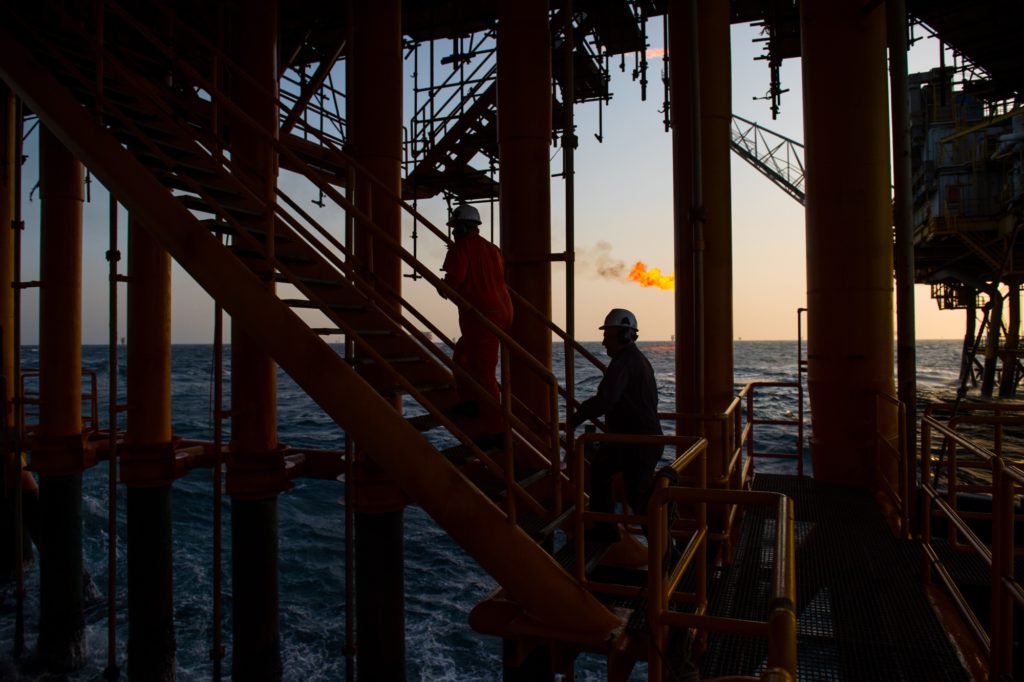
Oil prices are likely to be “biased to the upside” for the rest of the year as demand from refineries rises in November and December, according to Citigroup Inc.
An average price of $80 a barrel for this quarter is “realistic,” with spikes to $90 or even $100 possible if further disruptions worsen a supply crunch amid rising consumption, Citi’s Global Head of Commodities Research Ed Morse said Tuesday. Benchmark Brent crude topped $85 early last month on concern U.S. sanctions on Iran would create a shortage. Prices have since dropped back.
The outlook comes as the Organization of Petroleum Exporting Countries and its allies send mixed supply signals to the market, with Russia suggesting it could push output to a record and an OPEC committee signaling the group could cap supply again in 2019. Central to the uncertainty is Iran, where the U.S. imposed sanctions this week while granting waivers to eight buyers of its crude.
Iran is likely to continue sales of about 1 million barrels a day, Morse said in a Bloomberg Television interview, adding that the waivers don’t allow unlimited purchases. “How much oil is being granted from Iran to each of those eight countries? We can only surmise until we get a tweet from somebody in the government.”
Supply disruptions can also be expected elsewhere, including in OPEC nations Nigeria, Libya and Venezuela, according to Morse. In Nigeria, where elections are coming up, “there are always disruptions and they average about half a million barrels a day,” he said.
Next year, Citigroup sees the demand picture changing as potentially slower economic growth weighs on energy use.
“Longer term, there are lots of road blocks to demand,” Morse said. “I think demand at stake is maybe 500,000 barrels a day lower next year than this year.”
Recommended for you
